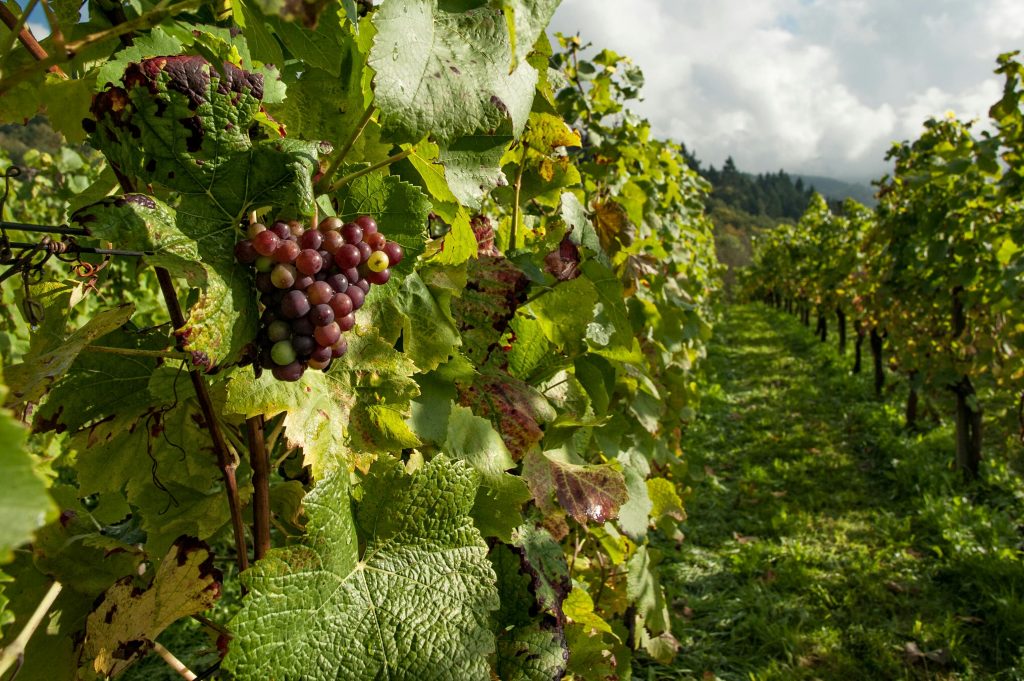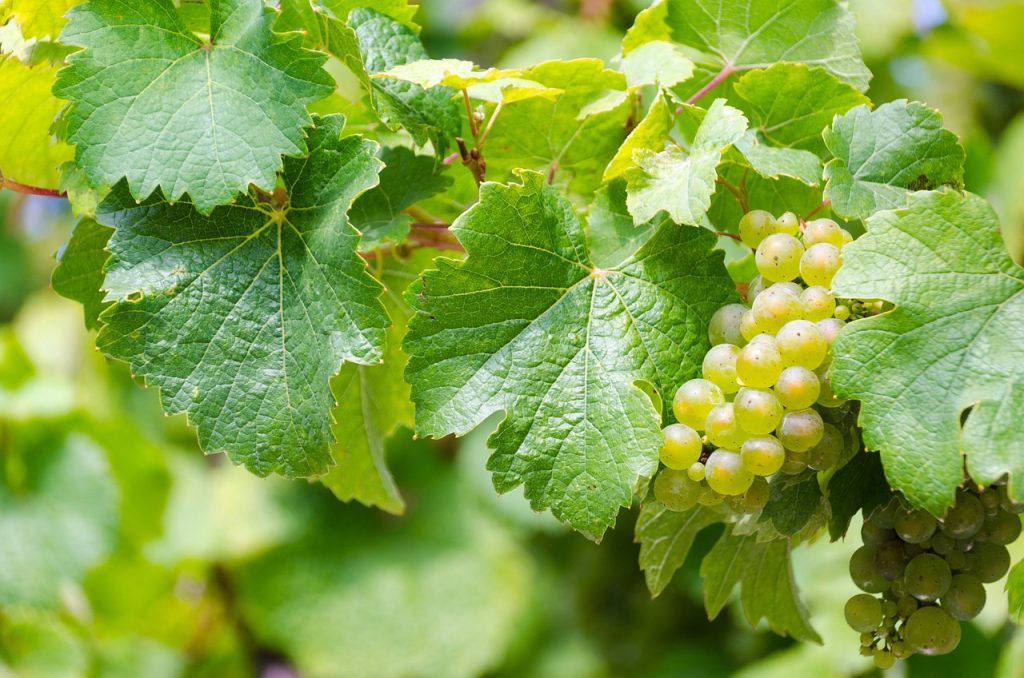
Waitrose Ltd, a name that resonates with quality and tradition, has a story that stretches back over a century. Founded in 1904 by Wallace Wyndham Waite, Arthur Rose, and David Taylor, the original store in Acton, London, started as a small high street shop. It wasn’t until 1908 that the familiar name “Waitrose Ltd” took shape after Taylor’s departure, leaving Waite and Rose to steer the ship. Their focus on offering premium products, paired with keen pricing, quickly set them apart in the grocery business.
Building a Legacy in Groceries and Beyond
The brand grew steadily, acquiring small grocery shops around Acton and extending its reach beyond London. Waitrose became known for sourcing exceptional products, from Canadian honey to exotic teas from India. Wallace Waite, always a forward thinker, embraced the opportunity to expand into the wholesale business, even supplying the British army during World War I.
In 1937, a pivotal moment came when the John Lewis Partnership, a progressive employee-owned business, acquired Waitrose Ltd and its ten shops. This move brought Waitrose under the umbrella of one of the UK’s most beloved retail families. John Lewis Partnership’s ethos of employee ownership meant that Waitrose staff, now called “partners,” shared in the company’s growth and success.
From Supermarkets to Specialty Wines
The 1950s saw the grocery landscape change dramatically with the rise of self-service stores. Waitrose quickly adapted, opening its first self-service supermarket in Streatham in 1955. As the decades rolled on, Waitrose expanded further, becoming a familiar sight in affluent neighborhoods and winning a reputation for premium groceries.
But Waitrose wasn’t content with just groceries. It sought to bring the same commitment to quality to the world of wine. Fast forward, enter Waitrose Cellar, an online venture that took shape as a response to the growing demand for curated, high-quality wines. While Waitrose had been selling wines in its physical stores for years, Waitrose Cellar launched as a dedicated online service, offering a carefully selected range of wines, spirits, and champagnes sourced from vineyards around the world. The idea was simple yet powerful: bring exceptional wines to the doors of discerning customers across the UK.

The Waitrose Cellar Experience
Launched in the digital age, Waitrose Cellar combined convenience with expertise, allowing customers to explore wines in a way that matched the in-store experience. This online cellar became known for its diverse range, from celebrated Bordeaux and Burgundy wines to lesser-known gems from emerging wine regions. The selection reflects Waitrose’s commitment to ethical sourcing, ensuring that every bottle aligns with the values that have been the company’s hallmark for over a century.
Waitrose Cellar’s online platform also features detailed tasting notes and recommendations, making it a go-to for both casual drinkers and connoisseurs. The brand even offers bespoke wine case subscriptions, making it easy for customers to discover new favorites curated by experts. With a user-friendly website and a customer service team that lives up to the brand’s reputation, Waitrose Cellar has become a trusted name for online wine shopping.
An Unwavering Commitment to Quality
Throughout its history, Waitrose has remained true to its roots while continuously adapting to modern trends. From pioneering the sale of organic foods in the 1980s to offering exclusive products like the Duchy Originals range, the brand has always found ways to differentiate itself in the competitive supermarket sector. Waitrose Cellar embodies this same spirit—merging a rich heritage with a forward-thinking approach to bring the best of the wine world directly to consumers.
Today, Waitrose Ltd operates over 300 stores across the UK, with Waitrose Cellar serving as an online extension of its promise to deliver quality and expertise. As part of the John Lewis Partnership, Waitrose remains unique in the supermarket world, with all its employees sharing in the company’s success. This employee-owned model means that the passion for quality isn’t just a corporate motto; it’s a daily practice upheld by every partner in the business.
Why Waitrose Cellar is a Wine Lover’s Haven
What makes Waitrose Cellar stand out is the blend of tradition and innovation. Its online platform offers the convenience of modern e-commerce while retaining the charm of expert recommendations. From seasonal selections to limited-edition releases, it’s a place where wine enthusiasts can find both familiar favorites and intriguing new discoveries.
Waitrose’s partnerships with small and family-run vineyards ensure that many of its wines have a story behind them, just like the brand itself. This focus on building relationships with winemakers echoes the personal touch that Wallace Waite and Arthur Rose instilled over a century ago.
A Lasting Legacy
As Waitrose Ltd continues its journey, the values of quality, care, and community that defined its early days are still at the heart of everything it does. Whether it’s through the aisles of a local store or the virtual shelves of Waitrose Cellar, the company remains dedicated to bringing the best products—and the best experiences—to its customers.
So, next time you enjoy a bottle from the Waitrose Cellar, you’re not just enjoying a great wine. You’re taking part in a story that began in a small shop in Acton in 1904 and has grown into a beloved British institution. Here’s to the journey from local grocer to a true haven for wine lovers!






















